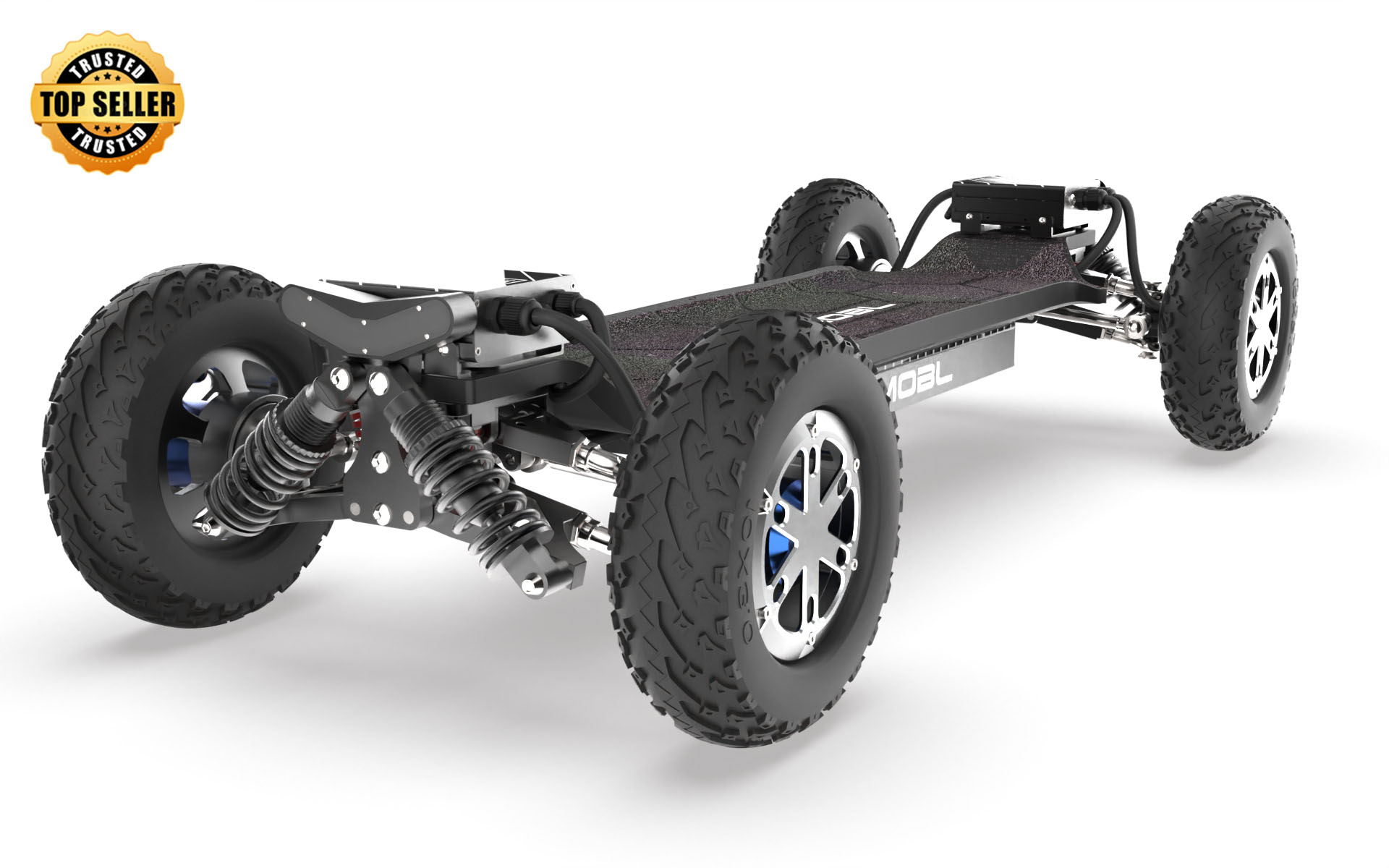Unleash the Thrill: Discover the Secrets of Motorized Skateboards!
In recent years, motorized skateboards have surged in popularity among skating enthusiasts and urban commuters alike. These innovative boards blend the classic thrill of skateboarding with the convenience of modern technology, making them an attractive option for those seeking excitement and practicality. Imagine gliding effortlessly down the street, the wind rushing past you, powered by a silent motor that propels you forward with ease. Whether you’re navigating through crowded city streets or simply enjoying a leisurely ride in the park, skateboards with motors offer a unique experience that traditional boards simply cannot match. With advancements in battery technology and design, these boards are becoming more accessible and efficient, drawing in new users who are eager to embrace this thrilling ride. Let's dive deeper into the world of motorized skateboards and uncover what makes them so special.

Understanding Motorized Skateboards
Motorized skateboards, often referred to as electric skateboards, are a modern twist on the traditional skateboard. Unlike their non-motorized counterparts, these boards come equipped with a small electric motor that helps propel the rider forward. This motor is typically powered by a rechargeable battery, which can offer varying ranges depending on its capacity. Additionally, motorized skateboards feature control systems that allow riders to adjust their speed and acceleration with ease. While traditional skateboards rely solely on the rider's physical effort to gain momentum, motorized versions provide an extra boost, making them ideal for longer distances or hilly terrains. The basic components of a motorized skateboard include the motor, battery, wheels, and a remote control or a sensor for steering and speed adjustments. This combination of technology and traditional skateboarding elements creates a unique riding experience that appeals to a wide range of users.
How They Work
The mechanics of motorized skateboards are fascinating and combine elements of engineering and design to create a smooth riding experience. The electric motor, typically located near the rear wheels, is responsible for delivering power to the board. When the rider uses the remote control or a built-in sensor, it sends a signal to the motor, which then engages to turn the wheels. Most motorized skateboards can reach speeds of up to 20-30 miles per hour, depending on the model and terrain. Acceleration is often controlled by the remote, allowing riders to start slow and gradually pick up speed or come to a quick stop as needed. Some advanced models even feature regenerative braking systems, which use the motor to slow down while recharging the battery simultaneously. This not only enhances the riding experience but also extends the range of the board, making it a smart choice for eco-conscious riders. My friend Jake recently tried an electric skateboard for the first time and couldn't believe how quickly he adapted to controlling the speed with the remote—it was like riding a magic carpet!
Benefits of Motorized Skateboards
The benefits of using motorized skateboards extend beyond just the thrill of speed. One of the standout advantages is convenience, especially for commuters. Motorized skateboards can easily navigate through traffic, allowing users to bypass congested areas and arrive at their destination faster. Additionally, many models offer extended ranges, often between 10 to 30 miles on a single charge, which makes them a practical option for everyday travel. Riders can also enjoy the exhilaration of cruising with a motor, which adds a fun dimension to their outings. Whether you’re heading to class, work, or just out for a joyride, the motorized skateboard transforms mundane travel into an enjoyable adventure. Plus, they contribute to a greener environment by reducing reliance on gas-powered vehicles. A close friend of mine, Sarah, recently traded in her car for a motorized skateboard, and she loves the way it’s not only saved her money on gas but also allowed her to enjoy the open air during her daily commute!
Maintenance and Care
To keep your motorized skateboard performing optimally, regular maintenance is essential. Start with battery care; always follow the manufacturer’s recommendations for charging cycles to prolong battery life. It's also crucial to keep the skateboard clean, especially the wheels, as dirt and debris can affect performance. Regularly check the motor and battery connections for any signs of wear and tear, as these components are vital for safe operation. Riders should also inspect the wheels and trucks to ensure they are in good working condition. One common issue riders face is reduced speed or difficulty in acceleration, which can often be traced back to battery issues or dirty motors. Troubleshooting these problems early can save you from costly repairs later on. My friend Mark had a minor scare when his skateboard started slowing down unexpectedly. After a quick check, he realized he hadn’t charged it fully—now he’s more diligent about keeping his board juiced up!
Exploring the Future of Motorized Skateboards
Motorized skateboards represent a thrilling blend of traditional skating and modern technology, offering numerous benefits for riders of all skill levels. From the mechanics of how they work to the advantages they bring in terms of convenience and enjoyment, these boards are transforming how we think about personal transportation. With proper maintenance and care, a motorized skateboard can provide endless hours of fun and practical commuting. If you're curious about trying one out, I encourage you to take the leap. Experience the excitement of a motorized skateboard for yourself and discover how it can revolutionize your everyday travel!






Comments